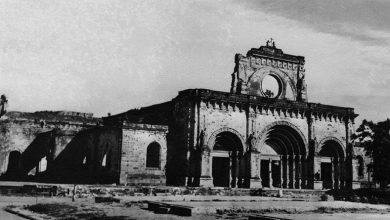Balbalasang Balbalan National Park
In 1973, the Balbalasang Balbalan National Park was created. About 25 km west of Tabuk, the provincial capital of Kalinga Apayao and 50 km north of Bontoc is a peripheral forest encompassing 1,338 ha.
Balbalasang is a Banao dialect which means woodland dominated by a cluster of trees called Balasang, a kind of terrestrial tree with heights ranging from 6 to 15 m.
Elders of Balbalasang serve as protector of the forest. They set strict guidelines and regulation on the use of the forest with corresponding punishments for those who will not obey the regulation sets.
The forest park has a rich biodiversity. The mossy and pine forest as well as the hardwood were protected against destructive mining and deforestation that damaged the Cordillera region. Some of the habitats of the area are the 83 species of birds, in which 34 are endemic to the Philippines and the other 2 which can only be found in Luzon: the Isabela oriole and flame breasted fruit dove. Aside from birds there are other mammals that dwell in the area such as bats, civets, deer, macaques, rodents and warty pigs. The Luzon pygmy fruit bat and the Luzon bushy-tailed cloud rat are two of the endangered mammal species. In 2003, some new species where discovered in the area, a species of broad-handed tree rat known as Carpomys melanurus, and species of genus Platymantis frogs as well as the unknown blind snake.
The forest park is an unexplored ecotourism. Some of the attractions of the area are the mountain peaks, that will bring mountaineers glorious feeling; rock of ages, a long pine tree grows on the top of huge boulders on a very steep mountain ranges; Saltan River that runs through the heart of the village; the Spanish trail, that winds around the mountain and crosses all the way to Abra. It was used by the Spaniards during the colonial era; and the massive amount of waterfalls.



